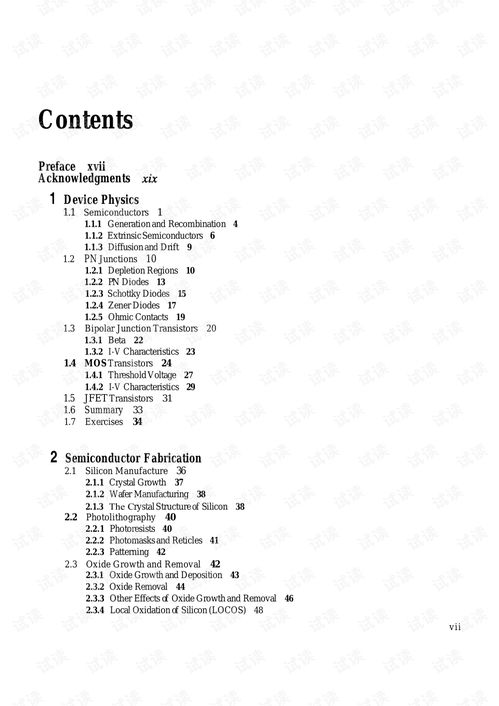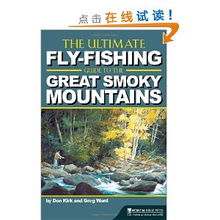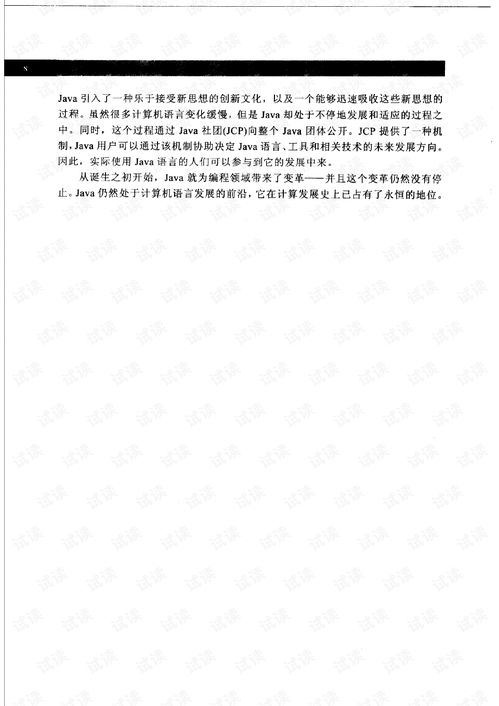Content:
Angling, or fishing, is an ancient pastime that has been cherished by enthusiasts across the globe. One of the most crucial aspects of fishing is mastering the technique of扬竿收线 (yáng gān shōu xiàn), or lifting the rod and retrieving the line. Whether you are a seasoned angler or a beginner, honing your扬竿收线 skills can significantly enhance your fishing experience. In this article, we will delve into the essential techniques for扬竿收线, helping you become a more proficient angler.
Understanding the Basics of扬竿收线
扬竿收线 is the process of lifting the fishing rod and reeling in the line after a fish has taken the bait. This action is critical in ensuring that the fish is securely landed and that the line does not become tangled. Here are some fundamental principles to keep in mind:
Timing: The key to successful扬竿收线 is timing. You must be quick to lift the rod when you feel a tug on the line, as this is often the fish's initial attempt to pull away.
Angle: The angle at which you lift the rod can greatly affect the outcome. Aim to lift the rod at a 45-degree angle to avoid unnecessary stress on the line and rod.
Grip: A firm yet gentle grip on the rod is essential. Hold the rod with both hands, ensuring that your thumb is on the underside of the grip to maintain control.
Step-by-Step Techniques for扬竿收线
Detecting a Bite: The first step in successful扬竿收线 is to detect a bite. Pay close attention to your fishing rod, as it will bend or quiver when a fish takes the bait. The moment you feel a tug, you must act quickly.
Lifting the Rod: Once you detect a bite, lift the rod smoothly and swiftly. Avoid sudden or jerky movements, as this can spook the fish or cause the line to break.
Reeling In: After lifting the rod, begin reeling in the line. Use a steady, consistent pace, and avoid over-reeling, which can cause the line to snap. If the fish is pulling strongly, give it some slack and let it tire before reeling it in again.
Handling the Fish: As the fish gets closer, you may need to change your technique. For larger fish, it may be necessary to play the fish for a while, allowing it to tire before landing it. Use a net to gently scoop the fish out of the water.
Avoiding Tangles: To prevent tangles, always keep the line tight but not too tight. If you feel resistance while reeling, it could be a tangle, so stop reeling and untangle the line carefully.
Advanced扬竿收线 Techniques

Trolling: Trolling is a technique where you move the boat at a steady speed while dragging the bait behind it. To master this, you need to be precise with your扬竿收线 to maintain the correct distance between the boat and the bait.
Fly Fishing: Fly fishing requires a different approach to扬竿收线. The angler must cast the line and then lift the rod gently to bring the fly to the fish. Timing is crucial in fly fishing, as the angler must match the rise and fall of the fly with the fish's feeding pattern.
Bottom Bait Fishing: When fishing with bottom bait, you often need to lift the rod to bring the fish to the surface. This requires a combination of reeling in and lifting the rod to maintain tension on the line without pulling the fish out of the water.
Conclusion
Mastering the art of扬竿收线 is a skill that can take time to develop, but it is well worth the effort. By understanding the basics and practicing the essential techniques, you will be well on your way to becoming a more proficient angler. Whether you are fishing for sport or relaxation, the ability to扬竿收线 effectively will enhance your overall experience and increase your chances of success. Happy fishing!












